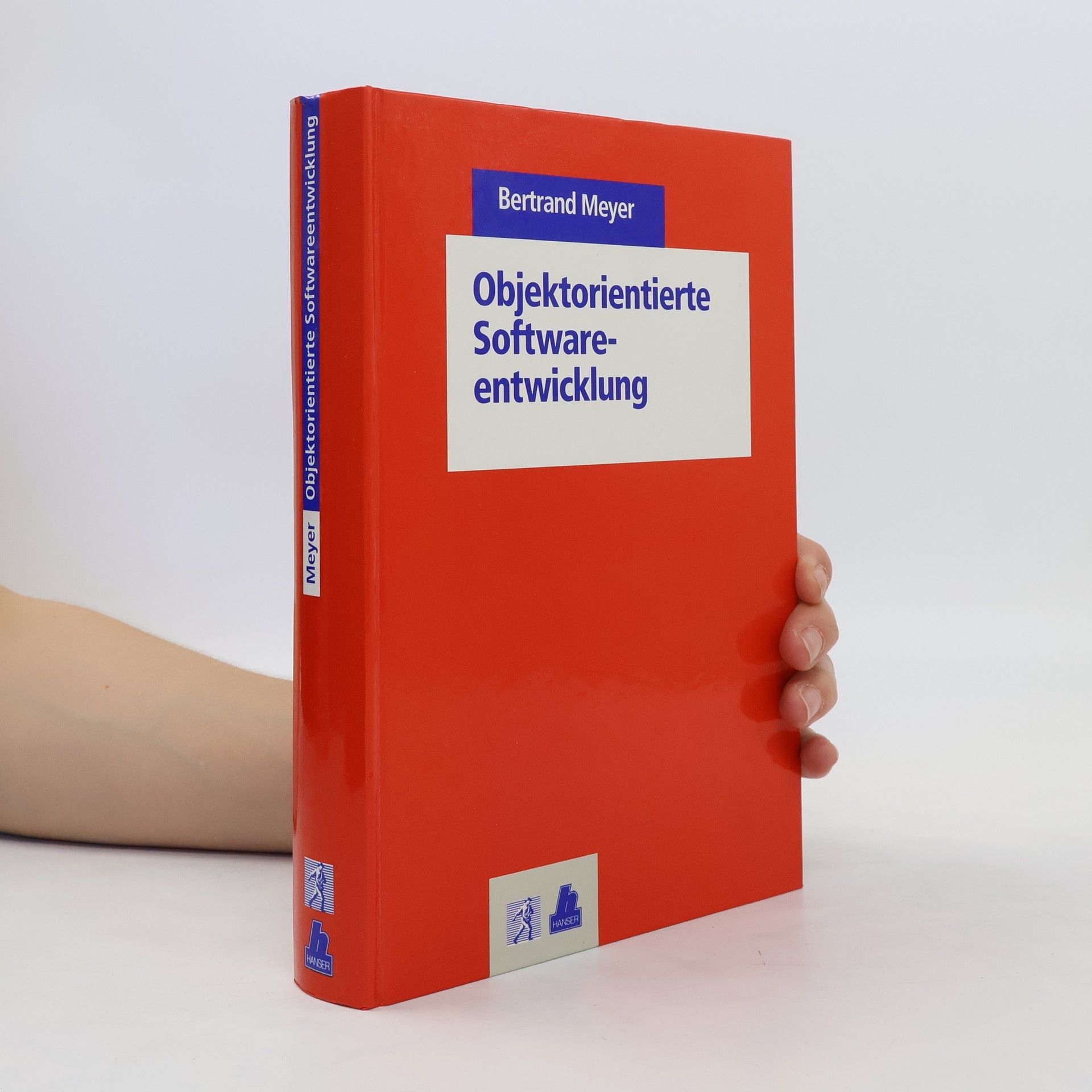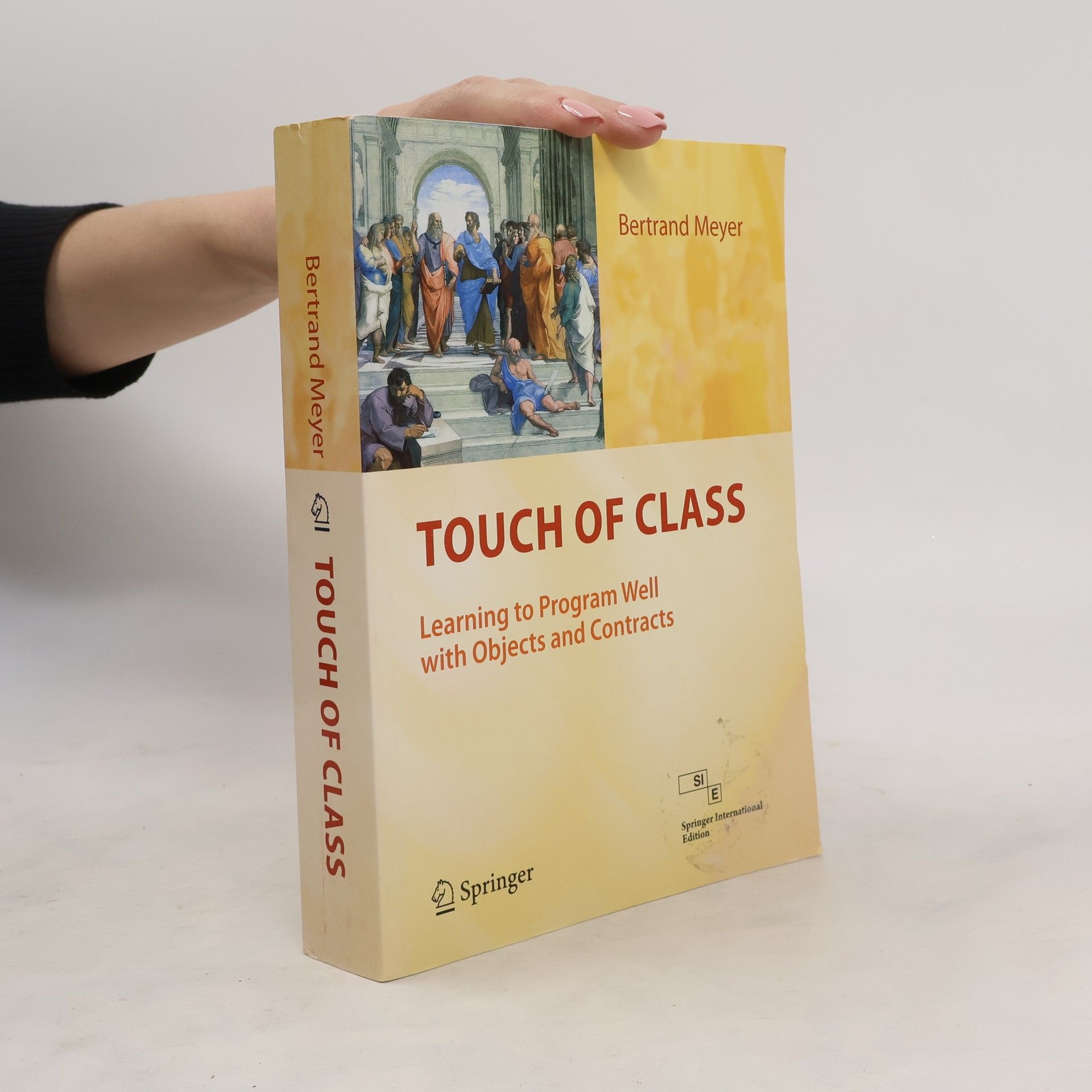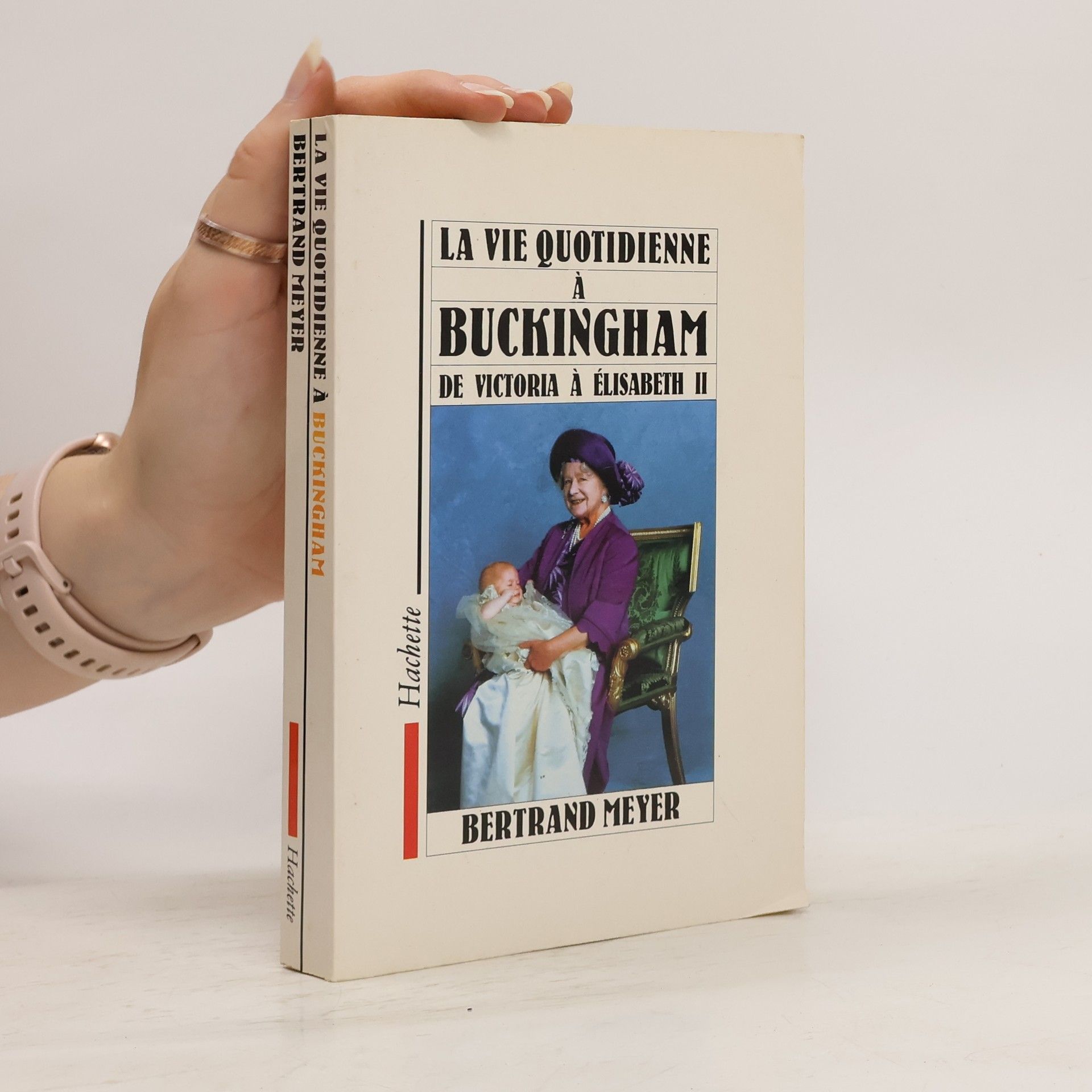La vie quotidienne à Buckingham
De Victoria à Elisabeth II





De Victoria à Elisabeth II
287pages. poche. Broché.
Here is the ideal introduction to agile development. The book details agile principles, roles, managerial practices, technical practices and artifacts, offering a complete review that will help readers master all the important agile ideas.